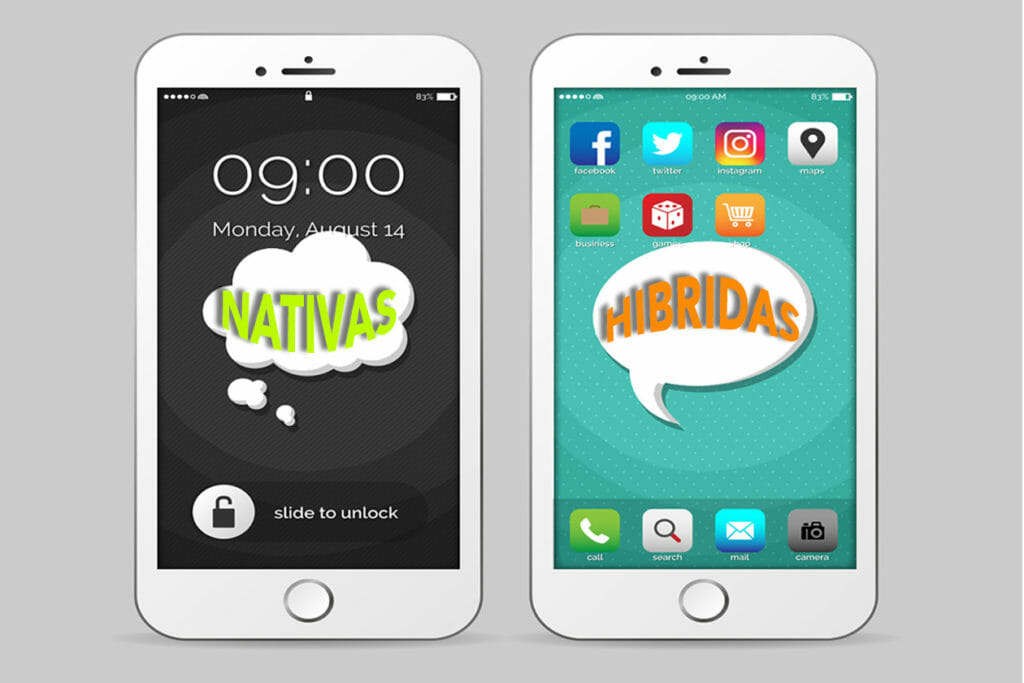Disney’s history dates back to 1923, when brothers Walt and Roy Disney founded the Disney Brothers Cartoon Studio. Since then, the brand has evolved and adapted to technological, cultural, and social changes to become one of the most recognized and beloved brands in the world of entertainment.
Much of the company’s success is its branding and marketing work. They have managed to create a visual universe that connects with people’s emotions and values, generating unique loyalty and admiration. Disney branding graphic design is an example of how a brand can maintain its essence and identity over time, but at the same time innovate and renew itself to remain relevant and attractive to its audience.
But what is the magic behind Disney branding? It is much simpler (and magical) than it seems.
Let’s start with one of the most important elements of any brand’s branding design: its logo, which in this case has changed several times over the years.
Since 1937 the logo was simply Walt Disney’s signature, which appeared at the beginning or end of his animated shorts. This signature was very personal and conveyed the creativity and entrepreneurial spirit of its creator, and although it was redesigned and stylized even after the artist’s death in 1966, it always maintained the essence of the original signature.
In 1985, the logo radically changed and Cinderella’s Castle was incorporated, one of the most iconic symbols of the brand. The castle represented magic, fantasy and Disney’s dream of creating a place where everyone could be happy. The logo also included the word “Disney” in a very distinctive typeface, which was based on the original signature but with a more rounded and friendly style.
In 1995, the logo was modernized and a three-dimensional effect was added, thanks to the alliance with Pixar, the computer animation studio. The castle became more detailed and realistic, and colors and lights were added to it. The logo also incorporated a trail of pixie dust that arced over the castle, creating a sense of movement, dynamism and most importantly, magic.
Currently, the logo has been simplified and has been reduced to the word “Disney” with the same typeface as always, but without any other element. This logo is very versatile and adapts to different contexts and formats. The word “Disney” is so strong and recognizable after almost 100 years that it functions as an icon on its own.
Now, it is well known that the logo of what is now The Walt Disney Company is not the only identifying element of the brand. In fact, there is a certain simple figure that has become an icon of popular culture that represents the identity of the company without the need for words.
Mickey through time
Mickey Mouse was born by Walt Disney and Ub Iwerks, two animators who worked for Universal Studios. After losing the rights to his previous character, Oswald the Lucky Rabbit, Disney decided to create a new protagonist for his animated shorts. This is how Mickey, a black mouse with red pants, yellow shoes and white gloves, emerged, who made his film debut with the short Steamboat Willie, the first sound cartoon in history and currently the introduction to all films produced by Walt Disney Animation.
Mickey’s success was immediate, and he soon became the symbol and ambassador of the Disney company and an icon of popular culture. Its original design was very simple and geometric, with a round head, two circular ears, and a body made up of circles and ovals. His expression was cheerful and mischievous, and his movements were agile and dynamic.
Mickey Mouse has managed to reinvent himself with various aesthetic changes throughout his history, without losing his essence or his charisma. Its design and branding have reflected the social and cultural changes of each moment, but they have also maintained a coherence and its own identity that have made it a universal reference during the 95 years from its creation to the present day. It is much more than an animated character: it is a brand that represents the values of Disney and that transmits illusion, magic and creativity to generations of viewers.
As mentioned at the beginning of this article, branding is essential for the positioning and success of a brand. And although the silhouette of a charismatic little mouse made up of only three circles and the signature of a dreamy artist are symbols that represent the Disney company, they are not the key to its success by themselves. Good branding must be accompanied by good marketing, and the essence of this is knowing and exploiting the concept of what is being offered.
“How small the world is”: Branding that transcends borders
In this case the mission of The Walt Disney Company is described as ” Make people happy all over the world”. And his way of carrying it out, as an idealistic concept, is through stories, fantasies and experiences that connect with the entire public. In a more technical concept, Disney relies on various strategies in an integral way.
- Storytelling : Disney is an expert in telling stories that captivate children and adults, that transmit positive values and that generate an emotional connection with the characters. Disney uses storytelling as a marketing tool to create a strong and consistent brand identity, which is reflected across all of its channels and formats. In addition, Disney harnesses the power of stories to engage its audience and create a community of loyal and engaged fans.
- Diversification : Disney has known how to diversify its offer and expand into different markets and segments. Disney has a wide catalog of products and services, ranging from movies, series, animation, music, video games, books, magazines, to theme parks, hotels, cruises, stores, toys, clothing, accessories and much more. Disney uses diversification as a way to innovate, to meet the needs and wants of its audience, and to generate more revenue.
- The experience : Disney is characterized by offering unique and unforgettable experiences to its public, both in its theme parks and in its other contact points. Disney takes care of every detail to create a magical and enveloping atmosphere, where the client feels special and the protagonist. Disney uses the experience as a way to differentiate itself from the competition, to generate added value and to create an emotional bond with the customer.
Now that you’ve seen just a few examples of how Disney has built a successful and enduring brand, what do you think has allowed it to position itself as a leading brand in the global entertainment market?







